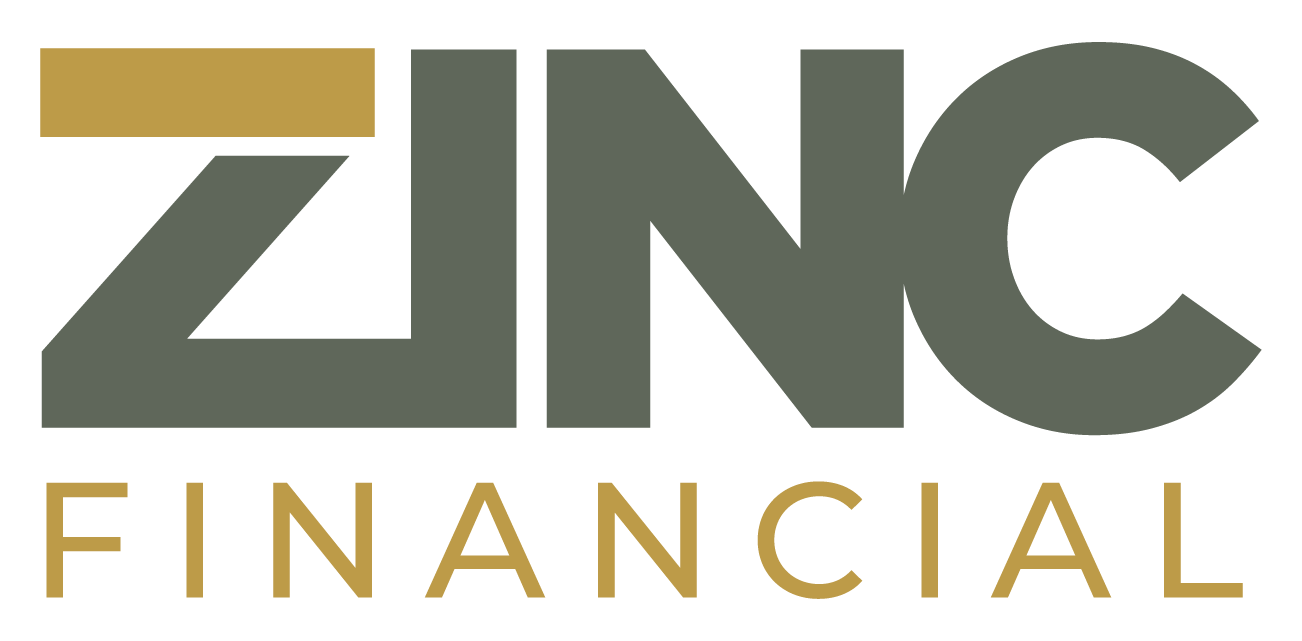The market is ripe with opportunities for rehabbing homes throughout the state of California. Investors are currently making an average of nearly $100,000 gross profit per flip in California, the second highest earnings of any state. But while real estate rehabbing has ample opportunities for success, basic mistakes will set novice investors back every time. If you’re new to the world of rehab real estate, watch out for these common mistakes:
1. You didn’t do the research.
Extensive research is an essential component of good house flipping. Research will show you which neighborhoods offer the best potential, which houses are most undervalued, who your potential buyers are, your schedule, and your costs. All of this information is vital to the success of your investment. In house flipping, it’s always a good idea to keep a 90/10 mentality: 90% of your time should be spent on the research leading up to the rehabbing process, and just 10% should go into the actual renovation.
2. You thought you’d save money renovating the house yourself.
For many rehabbers, the draw of fix and flip investing is the chance to actually get your hands dirty and do the manual work of renovating homes, but if you don’t have a background in construction or engineering, don’t assume that the work that goes into fixing a house is easy. Whenever you come across a task that you can’t do an excellent job with on your own, find a professional to do it for you. Doing certain tasks yourself can be cost effective if you know what you’re doing, but bear in mind that your time is valuable, so hiring someone else might actually be more cost effective in many cases.
3. Your cash flow dried up in the middle of the flip.
Insufficient cash flow is a major problem that novice house flippers come across. If you’re putting your own savings into flipping a house, make sure that you have enough cash flow to get you through the project, including allowances for delays and unexpected costs. Turning to the services of a rehab financing company, like ZINC Financial, can give you the extra cash that you’ll need in order to better leverage your assets and avoid cash flow catastrophes.
4. You didn’t plan for a buyer’s market.
This is an extension of mistake number three, but it’s worth stating separately. Remember that even if the market seems perfect for rehabbing real estate when you buy, things can change quickly, and there’s no guarantee that you’ll be able to resell your home immediately. Make sure you have an exit strategy that allows for these sorts of situations. Bear in mind that if the market isn’t where you want it to be when the property is ready, you can always hold on to it for a few years and rent the home.

